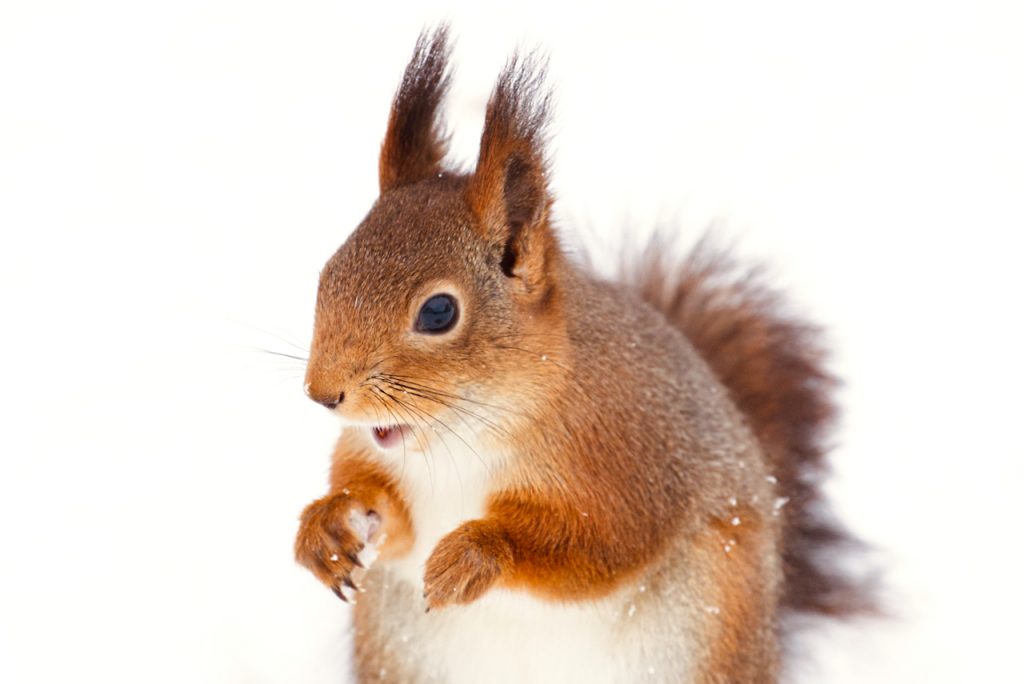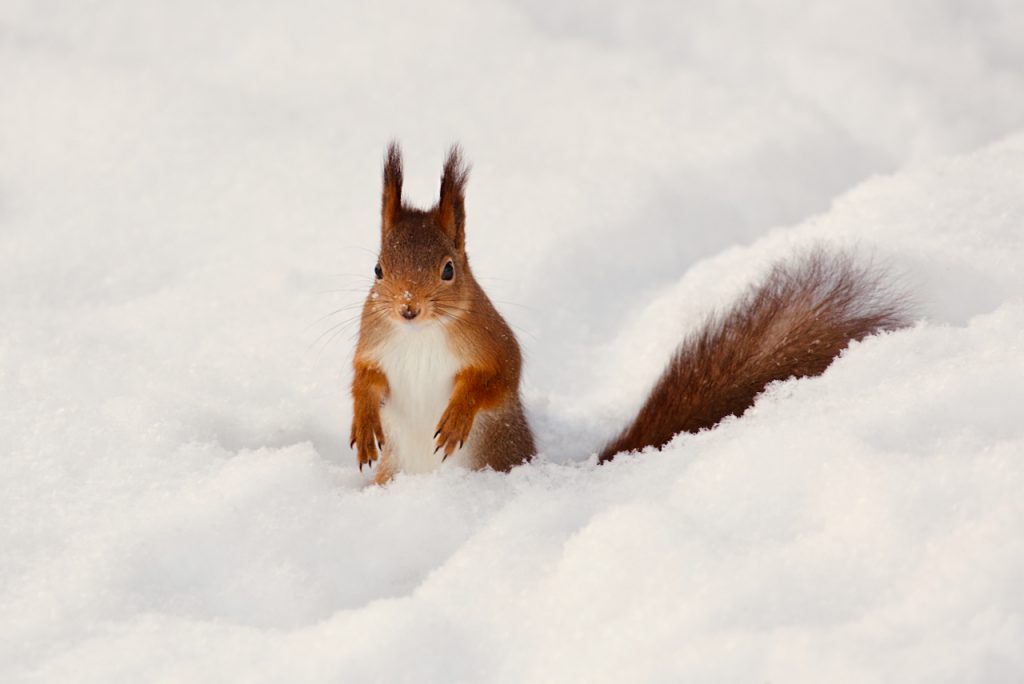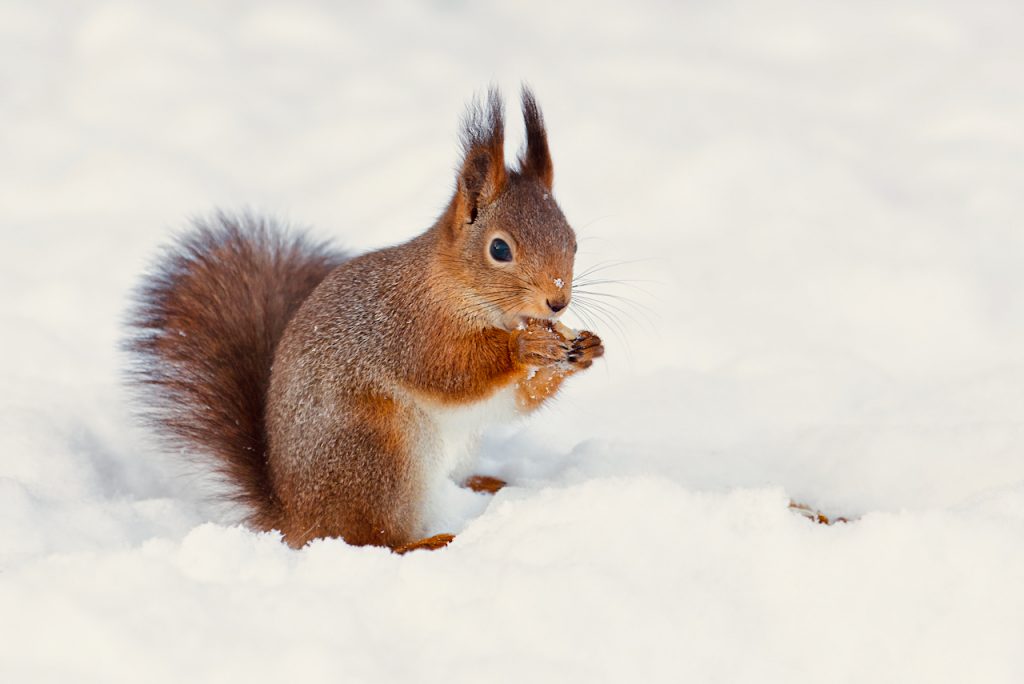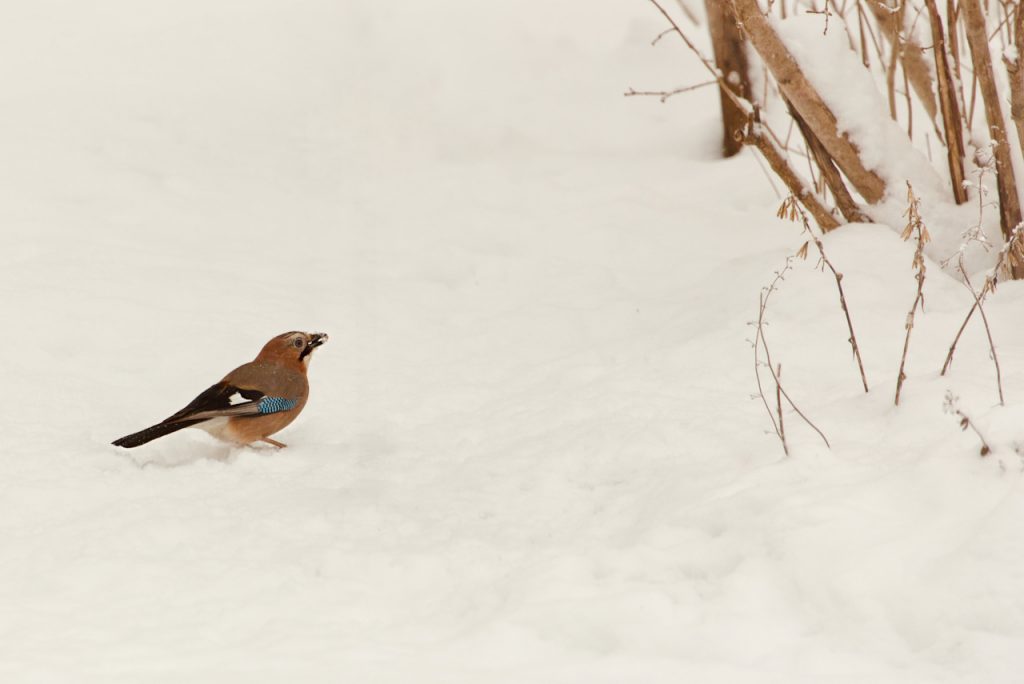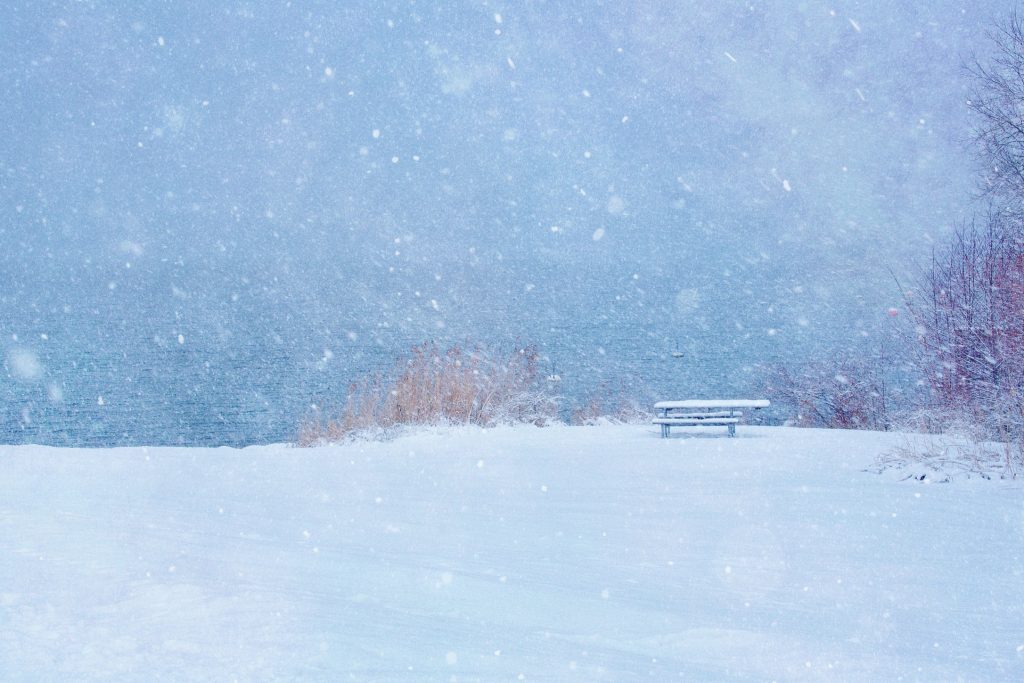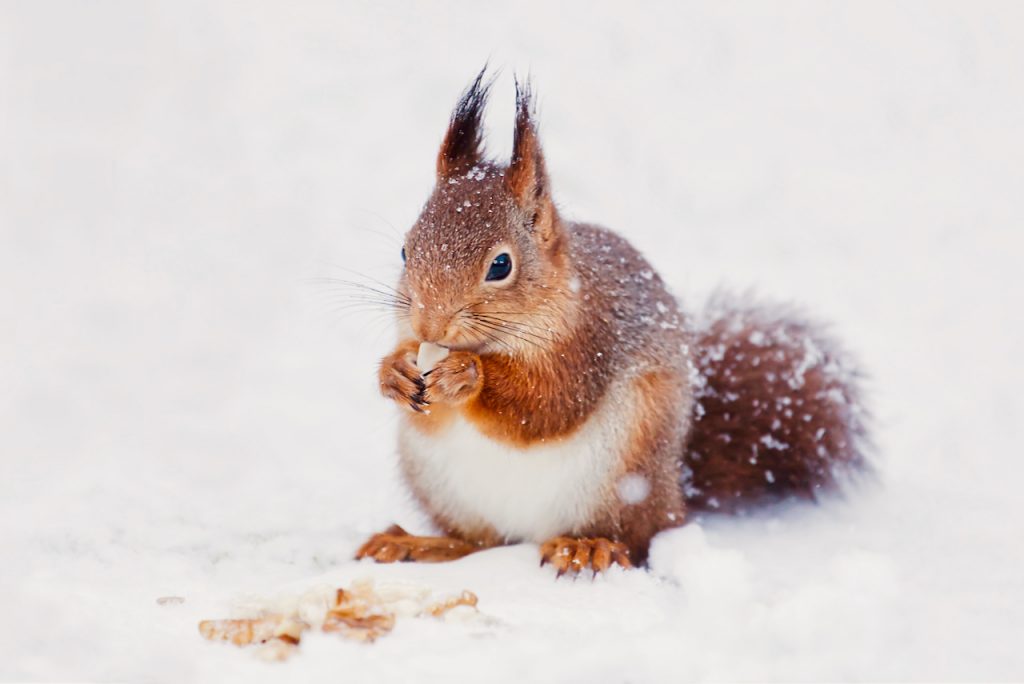
When we moved from Switzerland to Sweden in late 2019 I decided to do a Kondo review of our possessions. I didn’t want to bring old stuff into our new home and new life in Sweden. It was a signal of new beginnings, with a clean slate.
Old stuff in the huge garage or the bomb shelter … OK, that sounds crazy. Let me explain. Yes, we had a bomb shelter room, with a heavy, thick steel door like a bank vault, complete with six field beds, a chemical toilet, and an air filtering system. It’s a requirement when building a house in Switzerland. If it made me feel safer? I don’t know, but it was perfect for additional storage with 25 square meters.
This brings me back to the move. The extra storage area meant that even more stuff found its’ way there. Some things were easier to throw out than others. Books and my archive papers were hard.
I had the idea of my non-fiction book for a few years and had started collecting material, even though I wasn’t sure how I could write it when I was working more than full-time and was utterly exhausted during the weekends. But I kept at it because I knew the day would come.
So here I was with boxes of papers, ready to start my new life as a writer, at last. I couldn’t leave all that behind now, could I? What I did, in the end, was a quick scanning, removing duplicates or outdated papers. There were still too many boxes, but I did what I could.
Now to the “how” part.
How to Do Research for a Non-Fiction Book
1) Preparation
“To lose a passport was the least of one’s worries: to lose a notebook was a catastrophe,” travel writer Bruce Chatwin said. All research starts with a notebook. A kernel of an idea, an overheard conversation, something the neighbor said, a book I’ve read. I write it all down in my little Moleskine notebook that I always carry with me. Nowadays I use the iPhone’s Notes app as well.
As my intentions became clearer, I wrote a few points that would later go into the book outline. Nothing detailed yet, just high level, to provide directions.
Once I had a pretty good idea about what kind of book I wanted to write, I bought a few folders in clear pretty pastel colors and organized the papers I already had. This helped me better understand where I was going with the book.
2) Online Research
Then on to do some online research, starting with Google Scholar, and expanding from there. I did a quick check on what others have written on the subject, and their sources, as they’ve already done their research.
I follow a few writers in my areas of interest; many of the experts in their field would have a homepage or a blog, and often, they would list recommended books. A pre-validated list, that’s gold.
3) The Library
Libraries are magical. Imagine all that knowledge, free for anyone to grab! Non-fiction books are organized by topics, so this step is relatively easy. I just went to the relevant shelves and browsed. I’m pretty good at scanning books quickly, and my list grew pretty fast.
The advantage of “real” books is that you can browse through whole books fairly quickly; with e-books, it’s much harder.
4) Analyze Sources
I like to think I’m pretty good at evaluating sources, but a formal test is always good. I use CRAAP (an acronym for Currency, Relevance, Authority, Accuracy, and Purpose). I also prioritize primary sources (first-person accounts) before secondary sources whenever possible.
5) Organize the Material
Now, the tricky part is keeping track of everything you’ve found. Enter the research database. I’ll write a separate post on this.
Related Posts
- How to Write a Book
- The Perpetual Tide and Ebb of the Creative Process
- Ray Bradbury’s Writing Advice For Writers To Be
- How To Handle Creative Blocks & Avoid Distraction
- Writing Lately
If you liked this post, share it on your preferred social network or forward it to a friend.
